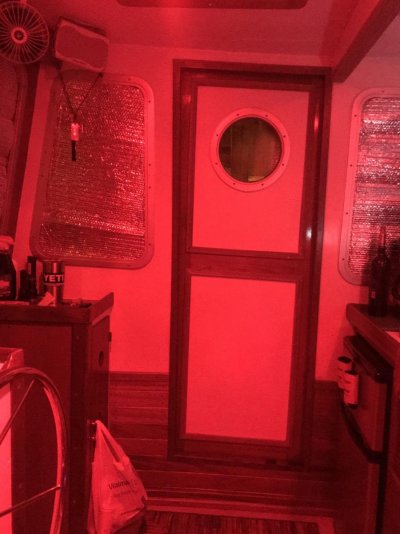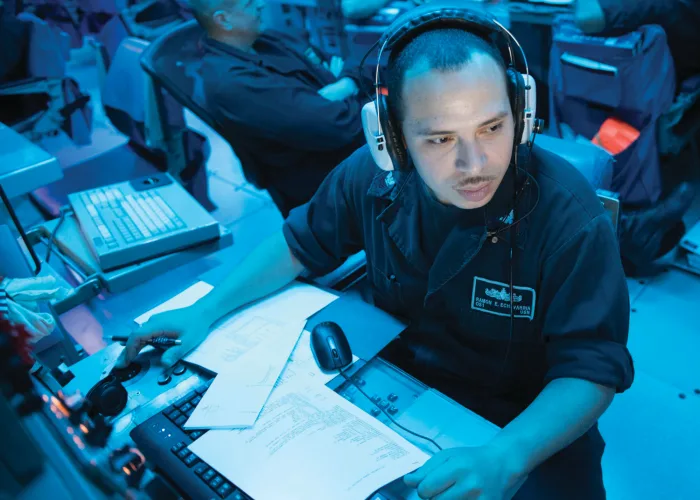Hi,
The article found the same thing that had been known for decades, because of the red light due to wave frequency, color separation is not the best possible, This is taught here for children at school.
There is nothing to change how the human eye's wrists allow a night vision and other than the red frequencies in the light give impulse and you lose at least a part of the twilight of your sight.
Nautical charts are at least here, therefore, in addition to color, the symbols of the Direction of cardinal signs and lateral references, so there is no need to distinguish them with colors. There is really nothing new in this article or a scientific reference to a new research result on the subject. Red sing only electric line, pipe line etc.
NBs






